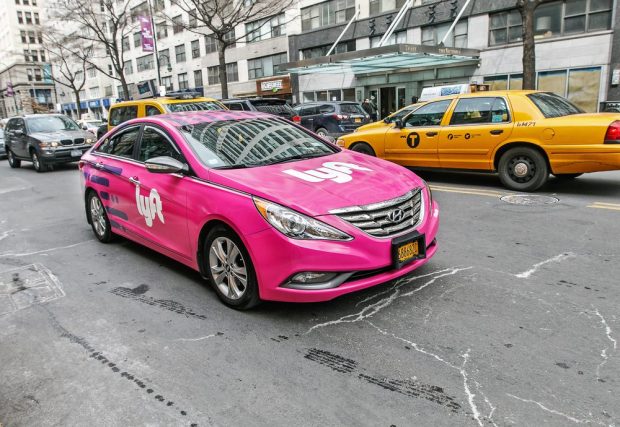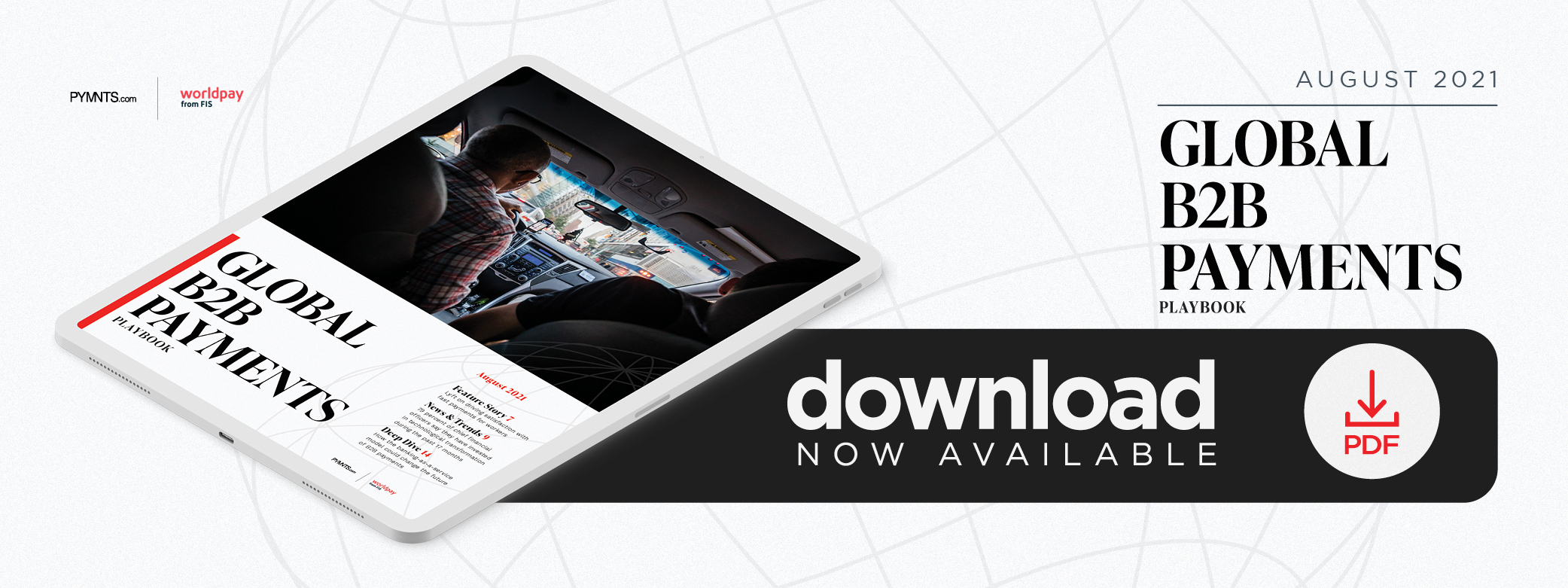Lyft On Driving Satisfaction With Fast Payments For Workers

The gig economy boomed in 2020 as consumers turned to these platforms as a source of income and as a convenient way to order meals, groceries and other goods during the pandemic.
A November study showed freelance wages and participation up 33 percent over 2019, with 93 million U.S. adults earning $1.6 trillion versus 70 million earning $1.2 trillion in 2019. More than three-quarters of surveyed workers planned to do as much or more work this year, assuring the network’s continued growth.
The rising importance of gig work brings to light a multitude of challenges for workers and platforms. PYMNTS research has found that 70 percent of gig workers live paycheck to paycheck without a financial safety net, and late payments during the pandemic-related economic downturn have hit these workers especially hard. These factors have led to a surge in demand for digital, instant payments for gig work at the end of every shift, with 70 percent of gig laborers in the November study reporting that same-day pay would make them more loyal to their platforms.
Some employers have responded to the faster payments demand. Uber drivers can cash out with Instant Pay up to five times per day. DoorDash allows its drivers to cash earnings daily, while Walmart also has grasped the need for its employees to access their funds at the end of a shift.
Kaushik Subramanian, vice president of Payments for San Francisco-based ridesharing giant Lyft, told PYMNTS that identification of the banking and payment needs of its drivers in the U.S. and Canada has been among the company’s primary tasks. To understand drivers’ financial needs, he said, Lyft conducted user surveys and formed driver advisory councils. The resulting information enabled the platform to develop innovations that ensure drivers can access their earnings when and where they need them.
“We initially offered only weekly payouts to bank accounts for drivers,” Subramanian said. “However, after speaking with the driver community, we learned many of them needed to get paid more frequently. Getting paid fast and accurately is incredibly important to drivers.”
Nearly all Lyft drivers are students or work in this capacity to supplement their incomes, he added, making it paramount for the company to create products tailored to fit its drivers’ lifestyles.
Implementing A New Way To Be Paid
Since 2016, U.S. Lyft drivers have taken advantage of Express Pay, an internal on-demand payment feature that allows workers who have paid their weekly rental fees to withdraw earnings before the weekly payday. Earnings appear within hours or days, depending on the bank’s processing time. Lyft more recently introduced no-fee instant payouts. Lyft Direct allows drivers to be paid instantly after every ride with no fees or waiting periods.
“It’s designed to give drivers more economic security,” Subramanian said. “Immediate access to earnings has always been important to drivers, but the pandemic has put additional financial strain on many.”
Lyft Direct also provides drivers with free bank accounts and debit cards with rewards designed to help them save on expenses.
“We recognized many drivers needed access to low-cost banking and rewards debit cards, so we created Lyft Direct as a way to directly address those needs,” he said. “Since 20 percent of U.S. drivers and 22 percent in Canada have said they drove more during the pandemic because they were laid off, furloughed or had their hours or pay cut… these features have become lifelines for everyday financial needs. With Lyft, drivers are able to simply turn on the app, give a ride and instantly cash out.”
Lyft Direct’s rewards program provides cash back in rotating categories, such as pharmacy, cable, telephone, internet and routine car maintenance. Subramanian said Lyft also has made it easier for drivers to make contactless payments at point-of-sale (POS) terminals, an option he said has become particularly relevant during the pandemic.
For the gig economy as a whole, barriers to instant payments remain, as outdated infrastructure and the continued reliance on paper processes stall disbursements. The gig economy’s anticipated growth is one force that likely will continue to drive instant payment adoption. Platforms looking to compete in the growing gig ecosystem will need to invest in instant payment innovations to keep pace with their workers’ needs.

